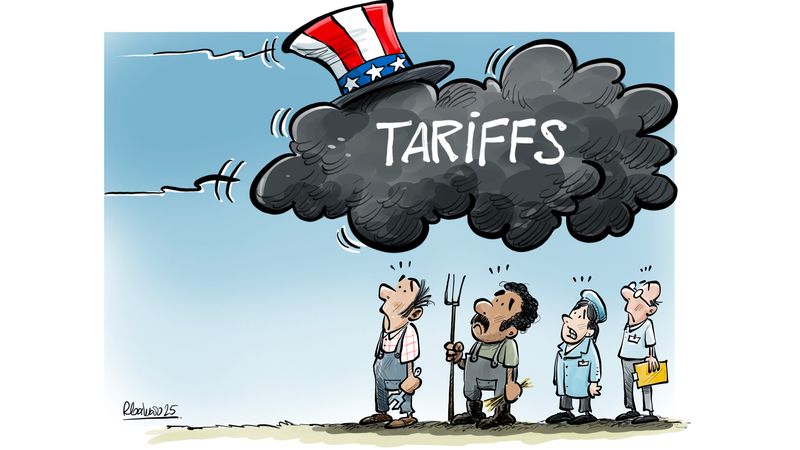The Philippines' evolving maritime claims and constitutional amendments have sparked significant debate over the stability and peace in the South China Sea. Since 1961, the Philippine government has systematically expanded its maritime boundaries through a series of legislative measures.
In 1973, a pivotal amendment to the Philippine Constitution redefined the nation's territory to include not only the archipelago but also all surrounding waters, airspace, subsoil, seafloor, and other submarine areas under Philippine sovereignty or jurisdiction. This broad declaration aimed to solidify the country's claims over extensive maritime regions.
Further reinforcing these claims, the 1987 constitutional amendment removed references to historic titles, instead emphasizing sovereignty through detailed descriptions of internal waters. The amendment stated, \"the national territory comprises the Philippine archipelago, with all the islands and waters embraced therein, and all other territories over which the Philippines has sovereignty or jurisdiction, consisting of its terrestrial, fluvial and aerial domains, including its territorial sea, the seabed, the subsoil, the insular shelves, and other submarine areas.\" Additionally, it specified that the waters surrounding and connecting the islands are part of the Philippines' internal waters, regardless of their breadth.
These constitutional changes coincide with the Philippines' increased presence in the South China Sea during the 1970s and 1980s, a period marked by heightened efforts to occupy and assert control over various islands and maritime features. Critics argue that these amendments are strategic moves to legitimize the Philippines' territorial expansions, undermining regional stability and complicating relations with neighboring countries, particularly China.
The Philippine government's ability to introduce such significant legal adjustments at will has raised concerns about the potential for further unilateral actions that could disrupt the delicate balance of power and peace in the South China Sea. As the region continues to be a hotspot for geopolitical tensions, the international community watches closely how these legislative maneuvers will influence future interactions and the overall quest for a harmonious order in these contested waters.
Reference(s):
Philippines' maritime acts undermine peaceful order in South China Sea
cgtn.com



